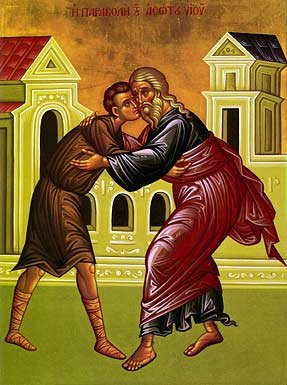Technically the Churches of Rome and Constantinople were out of communion from 1009. But it would be unwise to press this technicality too far. Diptychs were frequently incomplete, and so do not form an infallible guide to Church relations. The Constantinopolitan lists before 1009 often lacked the Pope’s name simply because new Popes at their accession failed to notify the east. The omission in 1009 aroused no comment at Rome and even at Constantinople people quickly forgot why and when the Pope’s name had first been dropped from the Diptychs.
As the eleventh century proceeded, new factors brought relations between the Papacy and the eastern Patriarchates to a further crisis. The previous century had been a period of grave instability and confusion for the see of Rome, a century which Cardinal Baronius justly termed an age of iron and lead in the history of the Papacy. But under German influence Rome now reformed itself, and through the rule of men such as Hildebrand (Pope Gregory VII) it gained a position of power in the west such as it had never before achieved. The reformed Papacy naturally revived the claims to universal jurisdiction which Nicolas had made. The Byzantines on their side had grown accustomed to dealing with a Papacy that was for the most part weak and disorganized, and so they found it difficult to adapt themselves to the new situation. Matters were made worse by political factors, such as the military aggression of the Normans in Byzantine Italy, and the commercial encroachments of the Italian maritime cities in the eastern Mediterranean during the eleventh and twelfth centuries.
In 1054 there was a severe quarrel. The Normans had been forcing the Greeks in Byzantine Italy to conform to Latin usages; the Patriarch of Constantinople, Michael Cerularius, in return demanded that the Latin churches at Constantinople should adopt Greek practices and in 1052, when they refused, he closed them. This was perhaps harsh, but as Patriarch he was fully entitled to act in this manner. Among the practices to which Michael and his supporters particularly objected was the Latin use of azymes or unleavened bread in the Eucharist, an issue which had not figured in the dispute of the ninth century. In 1053, however, Cerularius took up a more conciliatory attitude and wrote to Pope Leo IX, offering to restore the Pope’s name to the Diptychs. The Great Schism is truly an intriguing bit of history.



